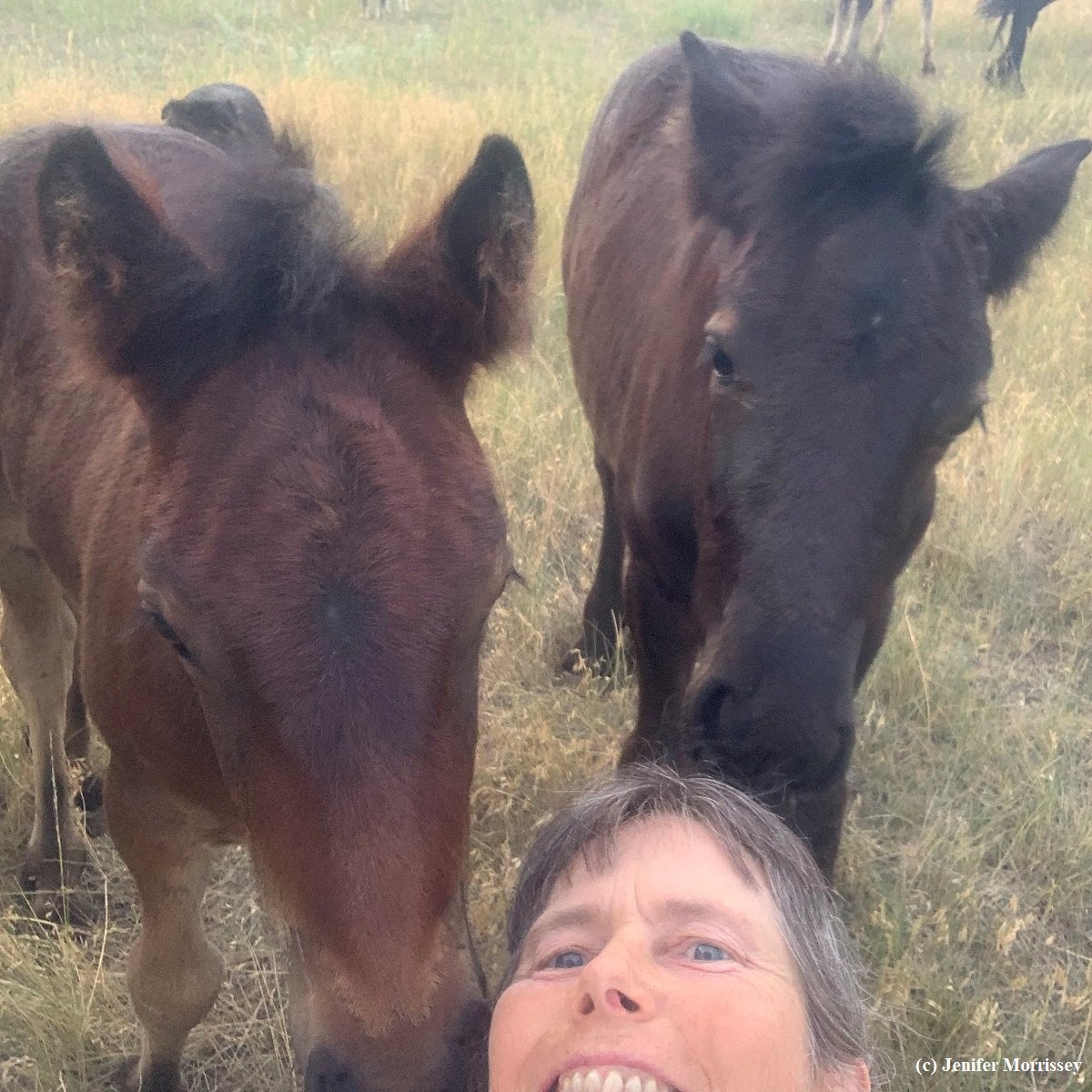Pony Cost of Ownership
/Sometimes people inquire about Fell Ponies and then realize the purchase price is more than they can afford. I tell them I appreciate their interest and hope they can fulfill their equine hopes, desires, and dreams another way. Yet in my experience, the purchase price is just the first of many economic considerations to owning a Fell Pony. The others can be collectively thought of as cost-of-ownership. (I learned the same thing about owning a car. Purchase price is one thing; fuel, insurance, maintenance, tires, and other related expenses vary considerably but are very real considerations when owning an automobile.)
When a client very wisely asked me about the cost of ownership of a Fell Pony, I sighed and said, ‘it depends.’ Even my own pony cost-of-ownership has changed over the years as I have changed locations and management strategies. For instance, in the high mountains of Colorado, I had pasture only three months a year, so I fed lots of hay the rest of the time. When I moved to South Dakota, my herd is able to stay on pasture most of the year, and I feed most of my hay in the spring and summer when I keep the herd off the greenest of the grass part-time to manage their weight. Even with the same number of ponies, my feed costs have changed significantly as have their logistics. I still make tremendous use of a dry lot so that my ponies can stay in their herd but off the pasture. Every year I learn something new to lower the expense of owning ponies, and every year I learn something new I want to buy to care for them better!
The University of Maine Cooperative Extension includes in their Guide to First-Time Horse Ownership (click here) a section called ‘Budgeting for the Expense of Horse Ownership.’ Their major categories are board, feed, health care, farrier, bedding, equipment, and other, including training and insurance. My list would be a little different since most people I interact with own their own horse housing so instead of board there are expenses like fencing, water, manure management, pasture management, and equipment expenses for these activities (tractor, manure spreader, etc.).
Within the feed category are numerous subcategories like salt, minerals, digestible energy, and hay. I choose to invest in the best quality of supplements I can because I consider it preventive medicine. Hay costs vary not only by location and size of bale, but year to year, mostly up and up and up!!! Fell Ponies are easy-keepers so require less hay than the typical horse, but they often are on dry lot more than a horse so may actually require more hay than a horse kept on the same property.
The University of Maine publication says about health care, “the amount spent on health care varies among horse owners, depending on the frequency of scheduled exams, deworming, and vaccinations. Breeding incurs much higher vet services for pre-breeding checks, pregnancy checks, additional vaccinations, and post-natal care. Emergency veterinary care can cause a significant increase in the costs associated with this category.” I have learned the hard way that I can completely blow up my pony-keeping budget when an injury occurs.
Many Fell Ponies do quite well barefoot, so the costs farrier-wise are often the cost of a barefoot trimmer. And Fell Ponies do best when kept in a way that they can move regularly, not kept in stalls, so there’s a potential savings on bedding but perhaps more thought needed for how to keep them moving without keeping them on pasture constantly where they can become overweight. And it’s not just pasture that can make them overweight. My first Fell Pony was two hundred pounds overweight when I bought her from having free choice hay in a feeder and not much required movement.
Equipment costs – saddles, bridles, lead ropes, cleaning equipment, etc. – vary by owner and type of use to which the pony is put. With Fell Ponies being so versatile – ride, drive, draft, pack - they can cause this category to get big. I have saddles, driving harness, draft harness, pack saddles…. you get the idea!!
It’s easy to assume that if you aren’t interested in showing, that the Other category might be one where expenses could be saved. I have found, though, that these ponies make me want to learn, so training for me and them - whether on-line, purchased materials, or in person - is a constant, varying in dollar amount as I learn and search out new instructors.
The University of Maine publication has some very sound concluding advice. “Maintain accurate records of costs and make adjustments to maximize the amount of pleasure received from the money spent for horse ownership… The cost of horse ownership can be regulated by understanding the needs of the horse and selecting products that most efficiently meet those needs.” I appreciate the advice to make mindful the connection between pleasure and expense outlays. These ponies bring lots of joy that makes expenses on their behalf much easier to afford.
© Jenifer Morrissey, 2022











































